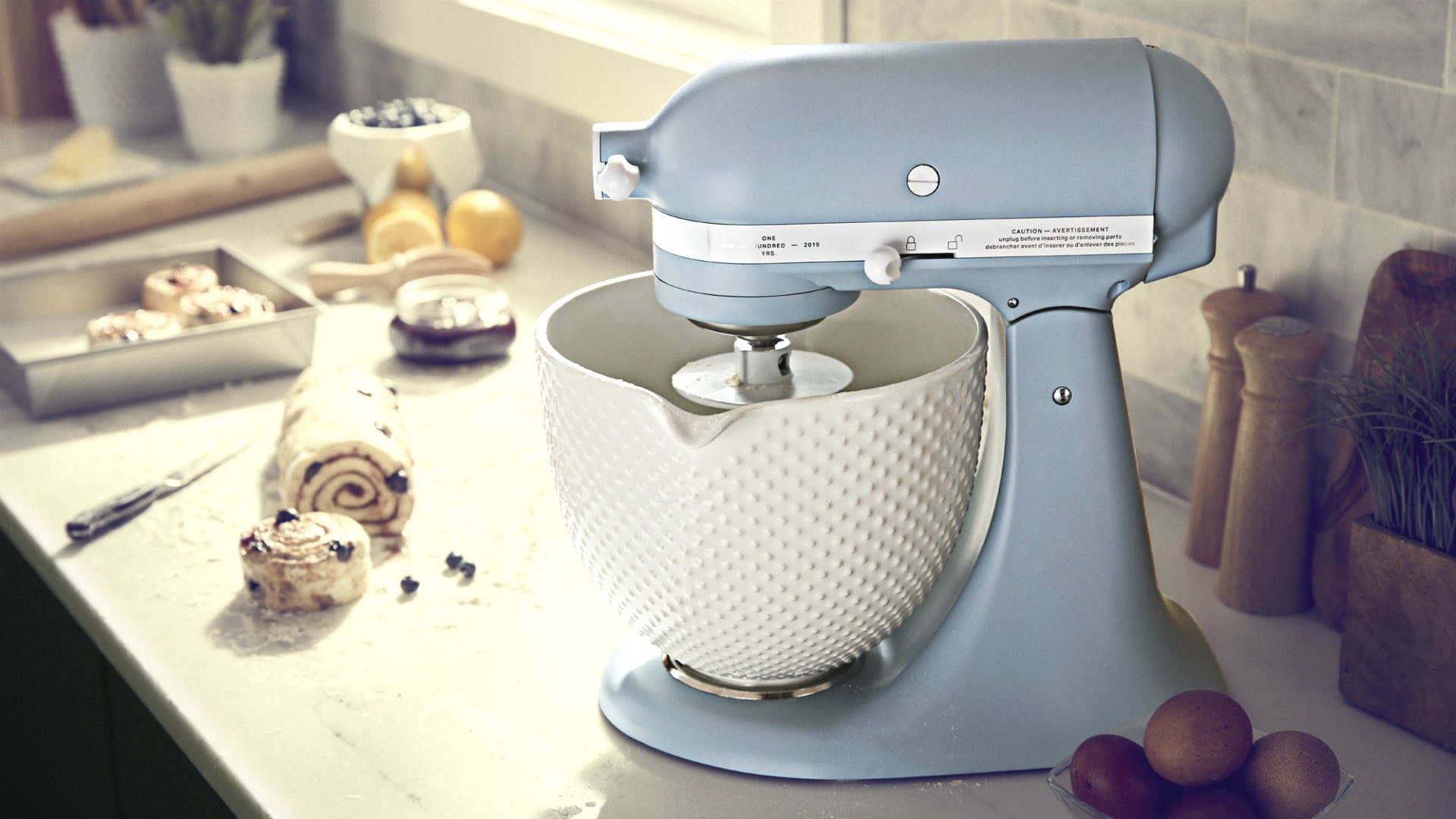

Articles
How Much Does A Kitchenaid Mixer Weigh
Modified: August 19, 2024
Find out how much a Kitchenaid mixer weighs and get detailed articles on this topic. Learn about the different models and their weight variations.
(Many of the links in this article redirect to a specific reviewed product. Your purchase of these products through affiliate links helps to generate commission for Storables.com, at no extra cost. Learn more)
Introduction
When it comes to kitchen appliances, the KitchenAid mixer is a staple for many home cooks and professional chefs alike. Known for its durability, versatility, and iconic design, the KitchenAid mixer is a favorite tool in the kitchen. However, have you ever wondered how much these mixers actually weigh? Whether you’re planning to purchase a new KitchenAid mixer or simply curious about its weight, understanding the factors that influence its weight can be valuable.
In this article, we will delve into the various factors that affect the weight of a KitchenAid mixer, explore the average weights of different models, and provide insights into the compact and mini versions of these mixers. Additionally, we will consider the importance of weight when it comes to portability and storage. So, let’s get started and discover the weighty secrets of the KitchenAid mixer.
Key Takeaways:
- The weight of a KitchenAid mixer is influenced by factors such as motor power, metal construction, bowl capacity, attachments, and additional features, with average weights ranging from 20 to 30 pounds for standard models.
- Considerations for portability, storage, affordability, and stability play a crucial role in choosing the right weight for a KitchenAid mixer, ensuring that it meets specific baking needs and personal preferences.
Read more: How Much Is A Kitchenaid Mixer
Factors that Affect the Weight of a KitchenAid Mixer
Several factors contribute to the overall weight of a KitchenAid mixer. Understanding these factors will not only help you determine the weight of a specific model but also provide insights into the construction and functionality of the appliance. Here are some key factors that influence the weight of a KitchenAid mixer:
- Motor Power: The power of the motor plays a significant role in determining the weight of the mixer. Higher motor power generally means a heavier mixer due to the stronger and larger motor required to handle heavier mixing tasks.
- Metal Construction: KitchenAid mixers are well-known for their durable and sturdy metal construction. The materials used, such as stainless steel or die-cast metal, contribute to the weight of the appliance.
- Bowl Capacity: The size and capacity of the mixing bowl can impact the weight of the mixer. Larger bowls, which can accommodate larger quantities of ingredients, tend to add more weight to the overall appliance.
- Attachments and Accessories: KitchenAid mixers are known for their wide range of attachments and accessories, such as dough hooks, beaters, and pouring shields. These additional components can contribute to the weight of the mixer, especially when they are made with heavy-duty materials.
- Additional Features: Advanced features like planetary mixing action, multiple speed settings, and digital controls can add extra weight to the mixer. These features enhance the functionality and performance of the appliance but also increase its overall weight.
It is important to note that the weight of a KitchenAid mixer is a result of a combination of these factors. Depending on the specific model and its features, the weight can vary significantly. Let’s explore the average weights of different KitchenAid mixer models in the next section.
Average Weight of KitchenAid Mixers
The weight of a KitchenAid mixer can vary depending on the model and its specific features. On average, a standard KitchenAid mixer weighs between 20 to 30 pounds (9 to 13.6 kilograms). However, it’s essential to remember that this is just an average, and the actual weight may differ based on the factors discussed earlier.
Let’s take a closer look at the weight ranges of some popular KitchenAid mixer models:
- KitchenAid Classic Series: The KitchenAid Classic Series mixers typically weigh around 22 to 24 pounds (10 to 11 kilograms). These mixers offer a basic level of functionality and are suitable for everyday baking needs.
- KitchenAid Artisan Series: The Artisan Series mixers are slightly heavier, ranging from 26 to 30 pounds (11.8 to 13.6 kilograms). These mixers are known for their versatility and come with a larger capacity bowl, making them ideal for more extensive baking projects.
- KitchenAid Professional Series: The Professional Series mixers are on the heavier side, weighing between 29 to 31 pounds (13.2 to 14 kilograms). These mixers are designed for high-performance tasks and are often preferred by professional chefs and avid bakers.
It’s important to keep in mind that these weight ranges are approximate and can vary slightly depending on the specific model and any additional features or attachments included. The weight of the mixer can also be influenced by the color or finish of the appliance, as some variations may have slightly different construction materials.
Now that we have discussed the average weights of standard KitchenAid mixers, let’s explore some compact and mini versions of these mixers and their respective weights.
Different Models and their Respective Weights
KitchenAid offers a wide range of mixer models, each with its own unique features and specifications. Here is a look at some different KitchenAid mixer models and their respective weights:
- KitchenAid Classic Series: The KitchenAid Classic Series mixers, like the K45SS, typically weigh around 22 pounds (10 kilograms). These mixers are a popular choice for home cooks and offer basic functionality at a more affordable price point.
- KitchenAid Artisan Series: The Artisan Series mixers, such as the KSM150, weigh approximately 26 pounds (11.8 kilograms). These mixers are known for their wide range of colors and finishes, allowing users to add a pop of personality to their kitchen while enjoying versatile functionality.
- KitchenAid Pro 600 Series: The Pro 600 Series mixers, like the KP26M1X, are heavier, weighing around 30 pounds (13.6 kilograms). These mixers are designed for heavy-duty use and can handle larger batches of dough and other ingredients, making them perfect for serious bakers.
- KitchenAid Professional 5 Plus Series: The Professional 5 Plus Series mixers, such as the KV25G, weigh approximately 29 pounds (13.2 kilograms). These mixers combine power and performance, offering enhanced stability and durability for demanding baking tasks.
- KitchenAid Mini Series: The KitchenAid Mini Series mixers, like the KSM3311X, are compact versions of the classic mixers and weigh around 18 pounds (8.2 kilograms). These mixers are ideal for those with limited counter space or for those who don’t need to tackle large baking projects regularly.
It’s important to check the specific weight of the model you are interested in, as variations may exist within each series. Additionally, keep in mind that the weight mentioned here is an average and may vary slightly depending on the specific color or finish option chosen.
Now, let’s shift our focus to the considerations of weight when it comes to portability and storage of KitchenAid mixers.
A KitchenAid mixer typically weighs around 25 pounds, so make sure to have a sturdy surface to place it on and consider its weight when moving or storing it.
Compact and Mini Versions of KitchenAid Mixers
In addition to their standard-sized mixers, KitchenAid also offers compact and mini versions of their popular appliances. These smaller models are designed to provide the same quality and functionality in a more space-efficient package. Here’s a closer look at the compact and mini versions of KitchenAid mixers:
- KitchenAid Mini Series: The KitchenAid Mini Series mixers are perfect for those who have limited countertop space or prefer a lighter and more portable option. These mixers weigh around 18 pounds (8.2 kilograms) and have a smaller footprint compared to their standard-sized counterparts. Despite their compact size, they still offer impressive power and performance, making them suitable for everyday baking tasks.
- KitchenAid Artisan Mini Series: The Artisan Mini Series mixers are a step up from the compact models, offering a larger capacity bowl while maintaining a smaller overall size. These mixers weigh approximately 20 pounds (9 kilograms), striking a balance between portability and functionality. With multiple color options available, the Artisan Mini Series mixers offer a stylish and versatile solution for smaller kitchens or for those who simply prefer a more lightweight option.
Both the compact and mini versions of KitchenAid mixers provide the same high-quality performance as their larger counterparts, allowing you to achieve professional-level results in a smaller space. Their lighter weight makes them easier to move, store, and transport, while still delivering the power and versatility KitchenAid mixers are renowned for.
Now that we’ve explored the various models and their respective weights, let’s delve into the importance of considering weight when it comes to portability and storage of KitchenAid mixers.
Read more: How Much To Ship A Kitchenaid Mixer
Weight Considerations for Portability and Storage
When it comes to KitchenAid mixers, considering their weight is important, especially if you plan on moving or storing the appliance frequently. Here are some key points to consider when it comes to the weight of a KitchenAid mixer:
Portability: If you have a compact kitchen or need to transport your mixer to different locations, opting for a lighter model, such as the Mini Series, can make a significant difference. The compact and mini versions of KitchenAid mixers are designed with portability in mind, making them easier to move around and store when not in use. For those who frequently bake on the go or need to take their mixer to events or gatherings, a lighter model can be a practical choice.
Storage: The weight of a KitchenAid mixer should also be taken into account when considering storage options. If you have limited cabinet or countertop space, a heavy mixer can be cumbersome to lift and maneuver for storage. Opting for a lighter model or utilizing a designated storage area with easy access can make the process more convenient.
Affordability: It’s worth noting that the weight of a mixer can also impact its shipping and handling costs. Heavier mixers may require additional packaging and incur higher shipping fees, especially when ordering online. This is an important consideration when comparing prices and determining the overall affordability of a particular KitchenAid model.
Stability and Durability: While a lighter mixer may offer advantages when it comes to portability and storage, it’s essential to find the right balance between weight and stability. Heavier mixers, such as those from the Professional Series, often provide greater stability during heavy-duty mixing tasks. The weightier construction helps to prevent the mixer from vibrating or wobbling while in use, ensuring more consistent results and reducing the risk of accidents.
Ultimately, the decision on the ideal weight of a KitchenAid mixer depends on your specific needs and preferences. Consider the factors of portability, storage space, affordability, and the stability and durability required for your baking endeavors. By weighing these considerations, you can select a KitchenAid mixer that meets your needs perfectly.
Now that we’ve covered the different factors, weights, and considerations related to KitchenAid mixers, you should have a better understanding of how weight plays a role in choosing the right appliance for your kitchen. Whether you’re a baking enthusiast or a professional chef, a KitchenAid mixer is a valuable companion that can help you achieve culinary greatness with ease.
So go ahead, explore the range of KitchenAid mixers, consider their weights, and find the perfect one that suits your baking needs and personal style!
Conclusion
Choosing the right KitchenAid mixer involves considering various factors, with weight being a crucial aspect. Understanding the factors that affect the weight of a mixer can guide you in selecting the model that best suits your needs and preferences.
In this article, we explored how motor power, metal construction, bowl capacity, attachments, and additional features influence the weight of a KitchenAid mixer. We also discussed the average weights of different models, ranging from the Classic Series to the Professional Series, as well as the compact and mini versions available.
When it comes to portability and storage, the weight of a mixer is an essential consideration. Lighter models, like the Mini Series, provide greater mobility and ease of storage, making them ideal for smaller kitchens or those who frequently bake on the go. However, it’s important to strike a balance between weight and stability, especially for heavy-duty baking tasks, where a heavier mixer, such as those from the Professional Series, may provide more reliable performance.
Choosing the right weight for your KitchenAid mixer ultimately depends on your specific needs and circumstances. Consider factors such as portability, storage space, affordability, and the stability and durability required for your baking ventures.
Whether you’re a passionate home cook or a professional chef, a KitchenAid mixer is a valuable tool that can elevate your culinary creations. By understanding the weight considerations and exploring the range of models available, you can find the perfect KitchenAid mixer that matches your baking needs and personal style.
So, weigh your options, mix things up with confidence, and let your KitchenAid mixer become your trusted cooking companion!
Frequently Asked Questions about How Much Does A Kitchenaid Mixer Weigh
Was this page helpful?
At Storables.com, we guarantee accurate and reliable information. Our content, validated by Expert Board Contributors, is crafted following stringent Editorial Policies. We're committed to providing you with well-researched, expert-backed insights for all your informational needs.
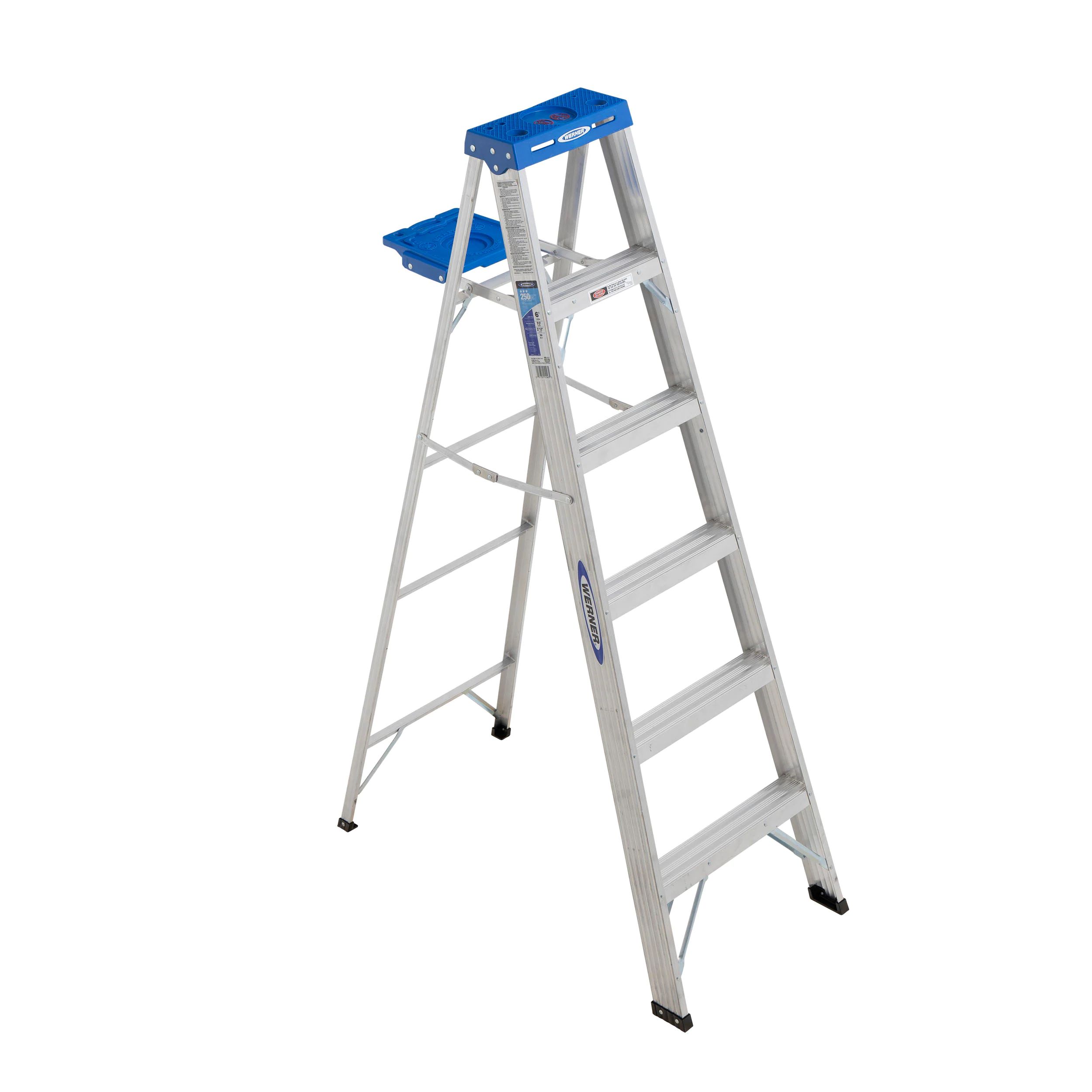
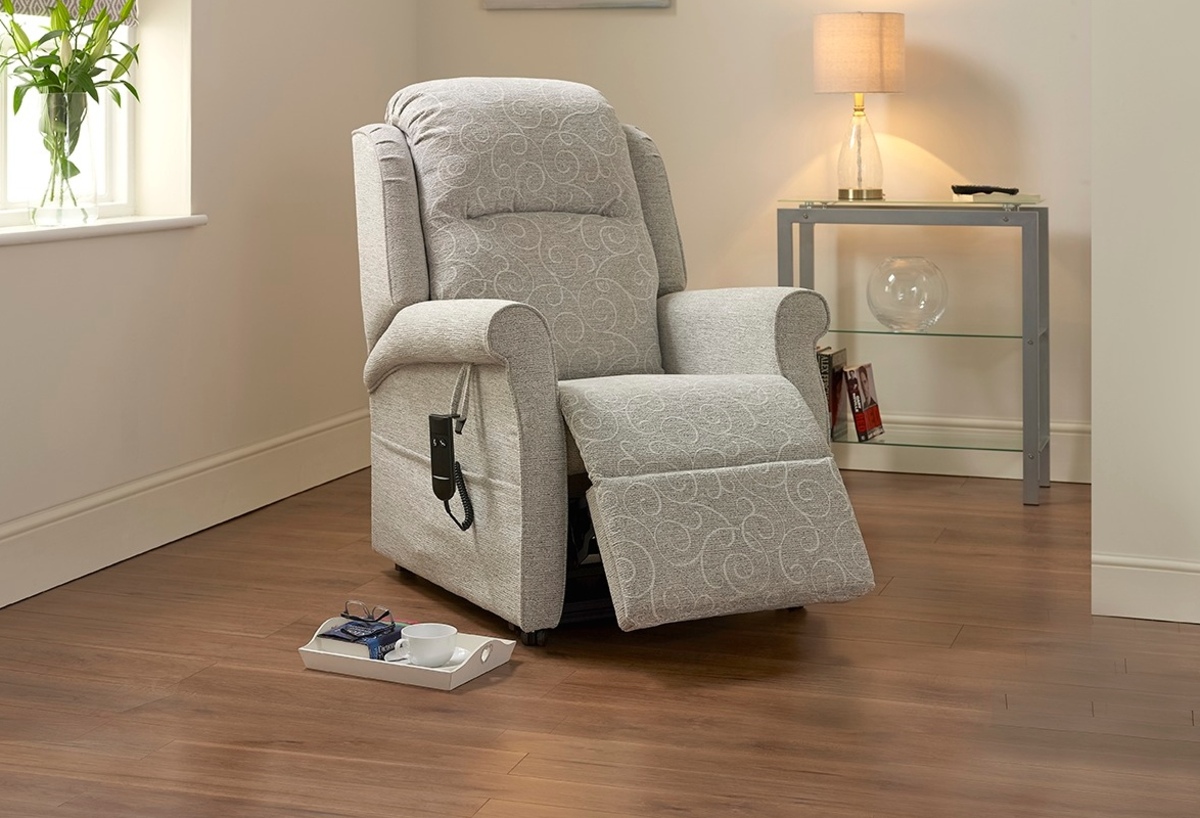

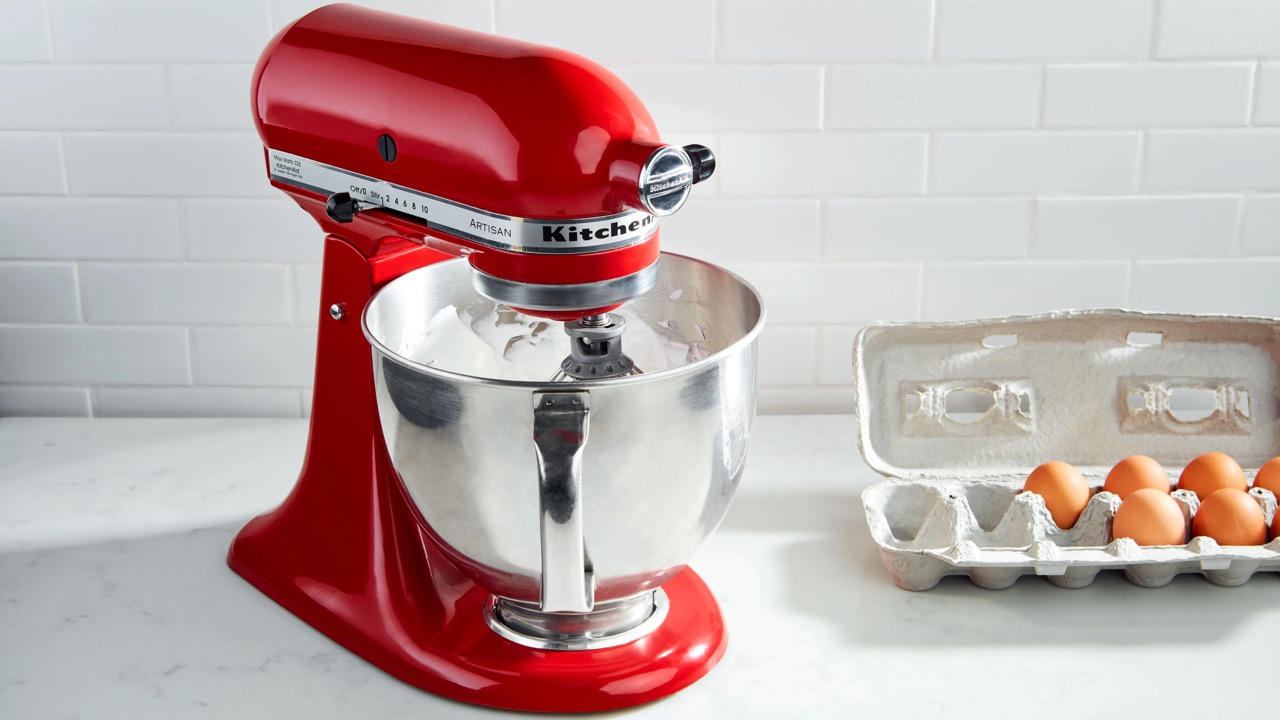



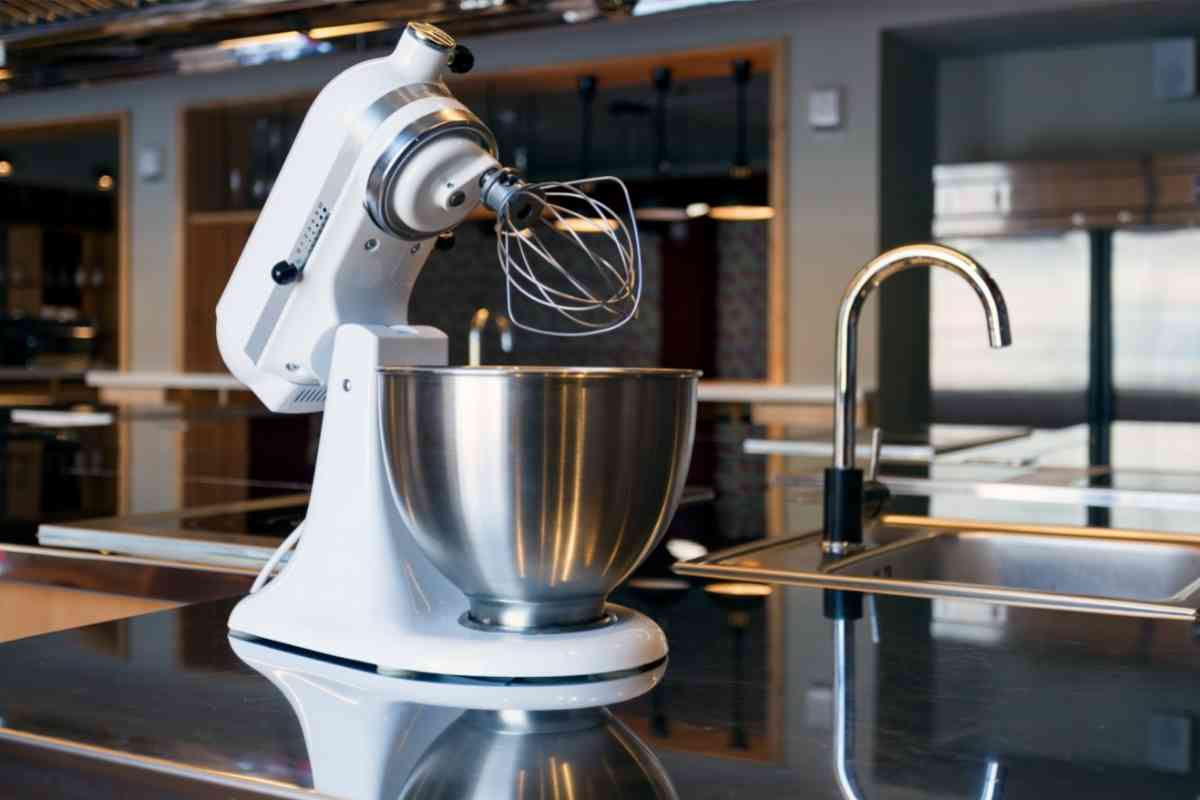
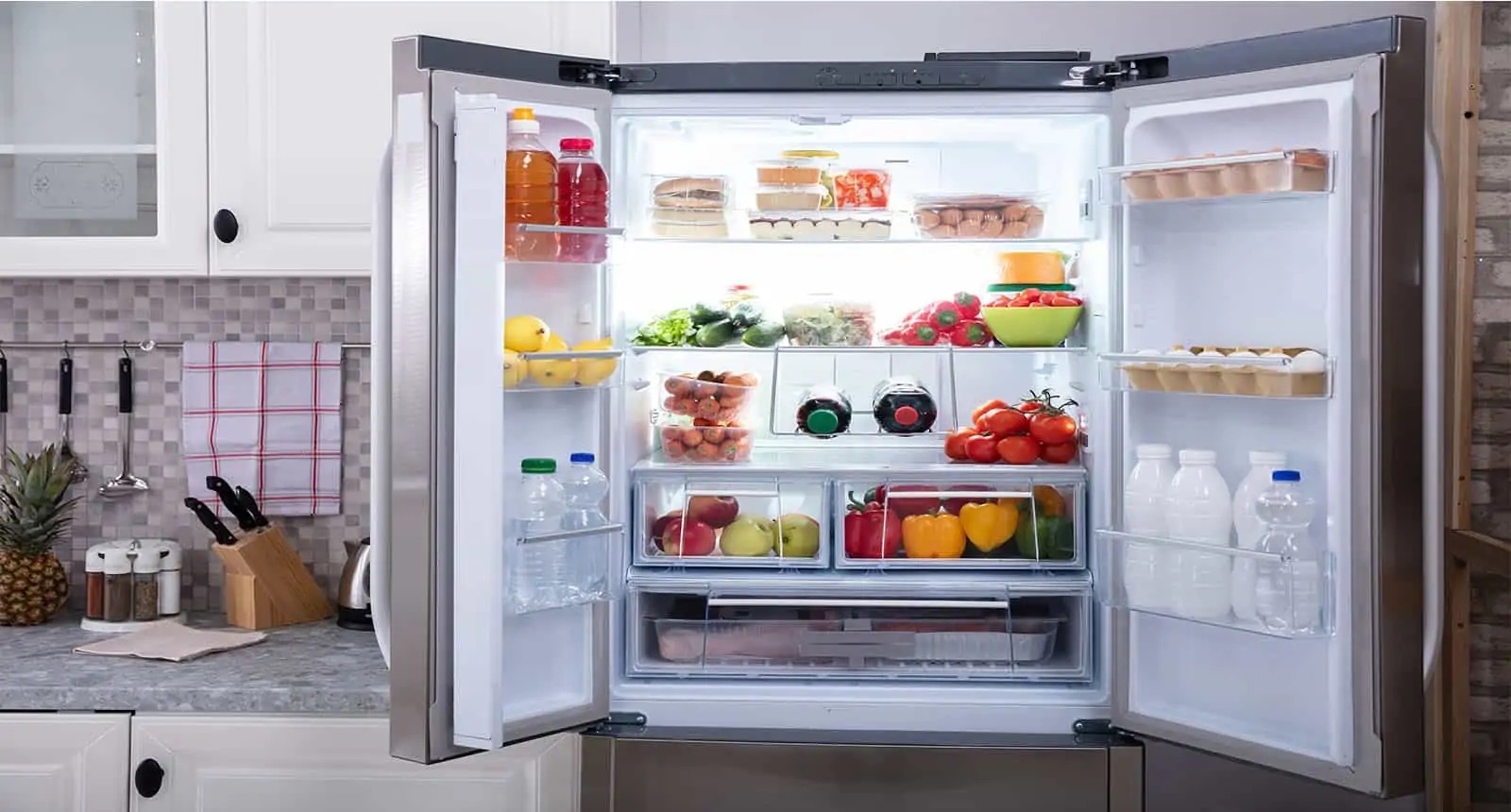




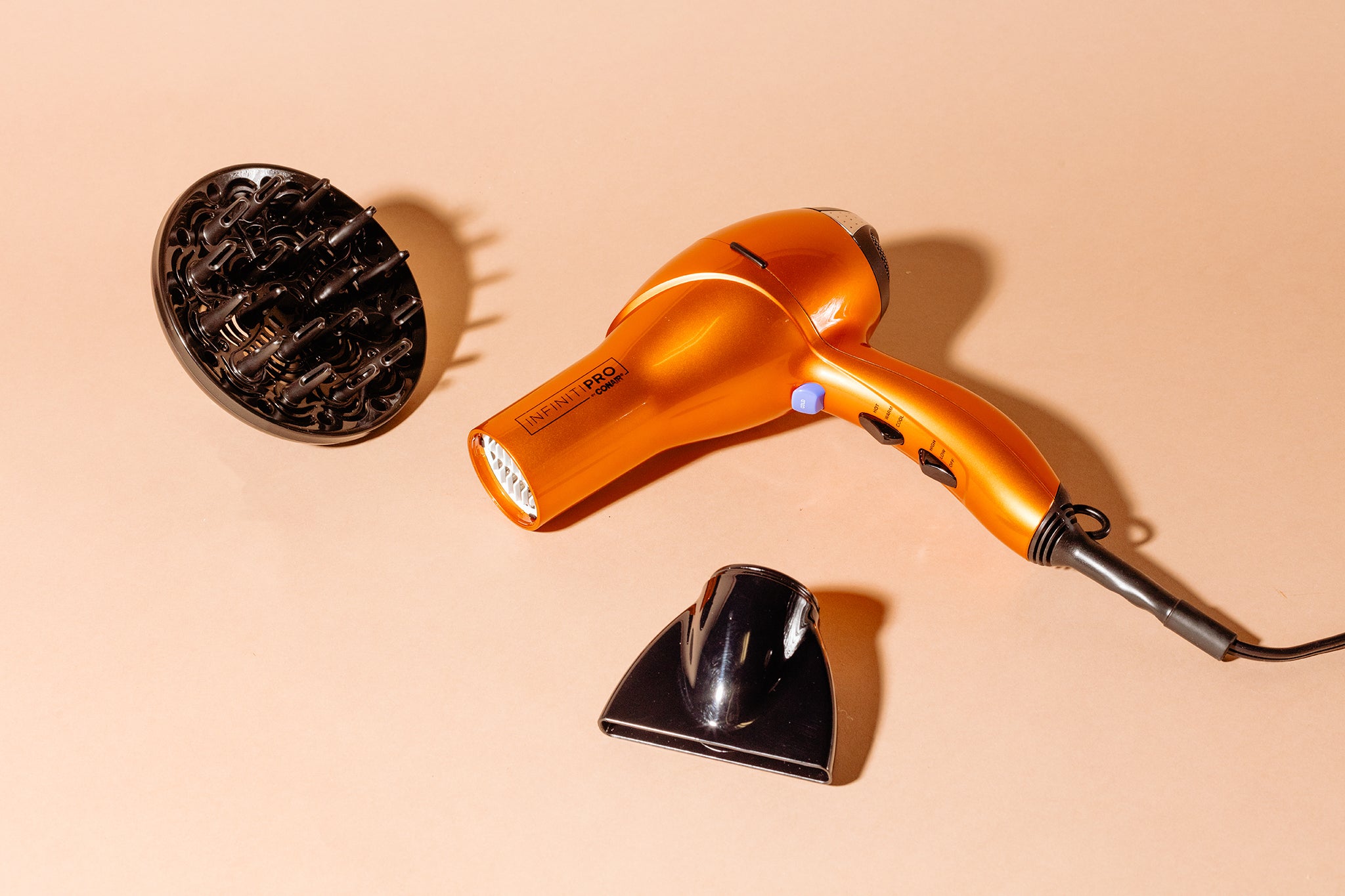

0 thoughts on “How Much Does A Kitchenaid Mixer Weigh”